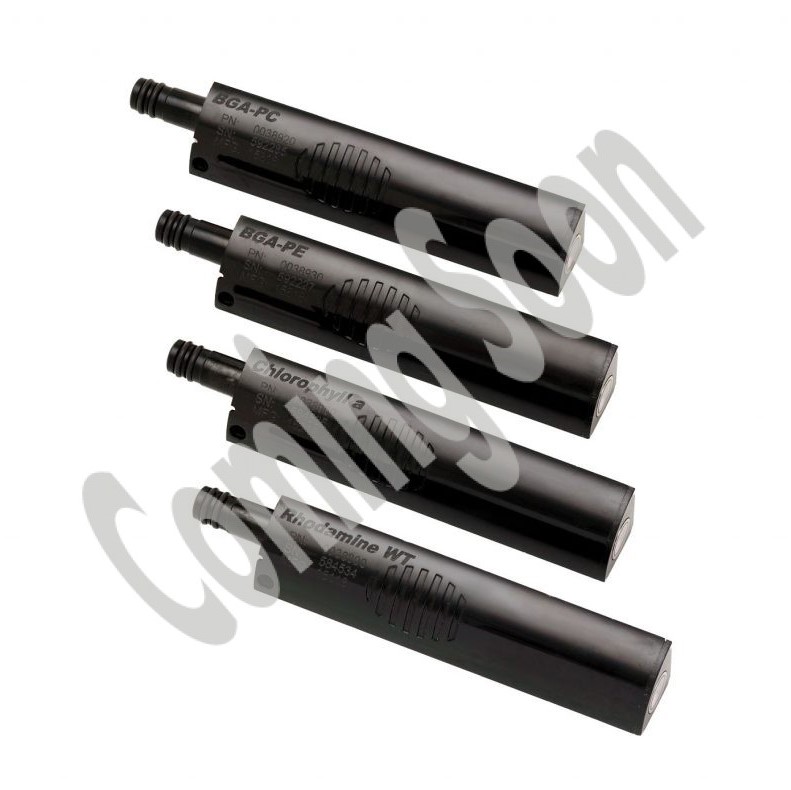New Patented Fluorometer Technology Improves Detection of Harmful Algal Blooms and Tracer Studies
Rice Earth Sciences is excited to share the following announcement from In-Situ Inc.
In-Situ has announced a new upcoming line of fluorometers compatible with its popular Aqua TROLL 500 and Aqua TROLL 600 Multiparameter Sondes. The line, which will be available soon, includes: Rhodamine WT, Chlorophyll a and separate Blue-Green Algae Phycocyanin (BGA-PC) and Phychoerythrin (BGA-PE) sensors, ideal for coastal, lake and reservoir monitoring as well as tracer studies in rivers and streams.
The sensors will be the latest addition to the platform, which allows for wireless data collection via mobile app. Overall, the company is excited to introduce an expanded set of sensors for users looking to streamline fieldwork and reduce monitoring costs.
“Unlike traditional fluorescence sensors, these fluorometers are stable even at the lower end of detection limits,†says Steven Sewell, Product Manager. This allows for earlier identification of concentration changes, ultimately enabling more effective decision-making and intervention.
“Researchers and consultants can now spot harmful algal blooms before a runaway effect takes hold,†he says. “It also allows for more accurate tracer studies, since the rhodamine sensor provides reliable measurements of low levels of tracer dye.â€
Representing a significant technological advance, the fluorometers are the only sensors on the market with Integrated Optical Compensation. In-Situ’s patented technology uses a second detector to compensate for LED drift over temperature and time, providing more accurate, stable measurements.
- Isolated Optical Frequencies: Using two or more sensors simultaneously typically creates interference among sensors. Our sensors use separate frequencies, providing a unique digital signature for each light source to minimize interference and improve accuracy.
- Ambient Light Rejection: External light can introduce bias in your data, but our fluorometers block external light for reliable performance in any setting and separates the light from the sensor and other ambient light sources.
- Low Interference Spectral Bands: Unlike combined Chlorophyll/BGA sensors that measure wide ranges of the visible spectrum at once, our sensors excite a smaller, targeted range of the light spectrum which increases accuracy and minimizes interference.
“We’ve designed our sensors and multiprobes for minimal maintenance, with internal diagnostics and simplified calibration so you’re not left struggling in the field,†Sewell says. “The sensors retain your calibration data, so you can switch them out and use only the probes you need.â€
Sewell says the upcoming release is aimed at delivering on the company’s commitment to innovating easy-to-use water monitoring tools that provide the highest accuracy. “We really do want to be our customers’ eyes in the field, and to do that we know that first and foremost they need trustworthy data.â€
Original article link:Â https://in-situ.com/blog/new-patented-fluorometer-technology-improves-detection-harmful-algal-blooms-tracer-studies/




